7 Conversion Copywriting Hacks You’ll Wish You Knew About Sooner
Note: The following conversion copywriting tricks are reprinted from the ebook 21 Quick and Easy CRO Copywriting Hacks to Skyrocket Conversions.
You just lost some potential revenue.
There goes some more.
A poor conversion rate will pick your pocket day after day. That’s why you’ll love these 7 conversion copywriting hacks. They’re quick and easy. And you can start using them today.
REPEAT YOUR CUSTOMERS/PROSPECTS
You may have heard that you should write like your customers speak. It builds rapport and credibility. Readers are more likely to think to themselves, “This company gets me and my issue.”
But rather than just guess what your target audience would say, use their actual words.
That’s what Sarah Peterson did when promoting her Etsy course.
The highlighted phrase stood out among responses to a survey she sent to prospects.
She used that exact phrase to resonate with prospects in her sales email.
There are several ways you can do this same thing.
- Speak with your customers and prospects. Pick up the phone and have a quick chat. Do more listening than speaking, and write down what they say. Or, if the person gives you permission, record it so you can transcribe it later.
- Survey your audience. This could even be as simple as a one question survey that you put on your website. Make sure that it’s open-ended.
- Search reviews and forums. See what people are saying not just about your offering, but your competitors as well. This can be a great way to uncover pain points.
SWAP YOUR HEADLINE AND SUBHEAD
It’s amazing how many times I see a landing page where the subhead is stronger than the headline. Maybe the writer is trying to be clever or creative. Perhaps they think the headline shouldn’t be more than a few words long.
Whatever the reason, it’s killing conversions. If it’s not immediately clear what you’re offering me, why should I read on?
Fortunately, the subheads usually have this information. So an easy fix is to just make the subhead your headline.
Here’s a good example:
See how much clearer this page is when the subhead and headline are switched?
CUT YOUR FIRST PARAGRAPH
This is a hack that goes back to the heyday of direct mail. It’s designed to help you get right to the point.
Getting to the point quickly sounds pretty obvious. But you’d be surprised how many marketing pieces waste words trying to introduce themselves or state the obvious.
People don’t care about that. They care about themselves. What is it your offer is going to do for them? Tell them right away why they should care.
If your first paragraph doesn’t do this, scrap it and start with the next one.
ADD ASSUMPTIVE PHRASING
Here’s a nifty little psychological hack.
Write your copy as if the conversion is a foregone conclusion.
Simply look through your copy and add phasing like this to some of your statements:
“When you start your trial…”
“You’ll love how…”
“As you’ll see…”
The power of this hack lies with the endowment effect, a phenomenon where we value what we already own more than something we never had. By writing as if your prospect already owns what you’re selling, he or she imagines that situation.
Presuppositions are another type of assumptive phrasing you can use to add persuasive power to your copy. These statements infer something else is true. For instance, if I ask, “Which of these copywriting hacks are you going to use first?” that infers that you are indeed going to use them.
You must accept the inference to be true in order to avoid incongruence within the sentence. We’re wired to avoid incongruence because it requires more brain power.
Use this to your advantage by creating presuppositions with words such as:
Finally. “You can finally get in shape without spending hours in the gym.” (Presupposes that you had to spend hours in the gym to get in shape.)
Start. “Start earning the income you deserve.” (Presupposes that you aren’t currently earning what you deserve.)
Stop. “Stop wasting time on diets that don’t work.” (Presupposes that you are wasting your time.)
Again. “This car makes driving fun again.” (Presupposes that you once enjoyed driving but now find it to be a chore.)
Anymore. “Getting your kids to do their homework won’t be a battle anymore.” (Presupposes that getting your kids to do their homework is a battle.)
How will you use assumptive language in your marketing? (See what I did there?)
USE THE WORD “BECAUSE”
We like to think that we’re rational. That’s why we like to have a reason for doing things people ask of us. But here’s the interesting part. Simply having a reason is often more important than the reason itself.
Consider this famous social experiment:
In 1978, researchers approached people in line for the copier machine and asked to cut in front. They tested the effectiveness of three different phrases.
- “Excuse me, I have 5 pages. May I use the Xerox machine?” was successful 60% of the time
- “Excuse me, I have 5 pages. May I use the Xerox machine, because I’m in a rush?” was successful 94% of the time
- “Excuse me, I have 5 pages. May I use the Xerox machine, because I have to make copies?” was successful 93% of the time
It’s not surprising that people let the researchers cut in line more often when a reason was given. What is surprising is that whether that reason was valid or bogus had no significant impact.
Look at that third phrasing again. Of course, they had to make copies. So did everyone else in line. That’s what a copier is for.
So why did that excuse work?
Often with small requests, we take a mental shortcut. Instead of processing the actual request and reason, we recognize that a reason was given, and we comply.
It’s important to note that the reason for the request becomes more important as the request gets larger.
When the researchers repeated the experiment with 20 pages instead of 5, giving a bogus reason had the same effect as giving no reason. Both were successful only 24% of the time compared to 42% when a valid reason was given.
To use this in your marketing, look for areas where you want the reader to do something and add a “because.”
“Act now because this offer expires in 10 days.”
“Because you’re the type of person who…”
“We’re giving away free samples because we want you to see for yourself.”
USE PATTERN INTERRUPTS
Attention spans are short these days. Even if your copy is great, most readers will start to lose interest if you don’t shake things up a bit. Pattern Interrupts are a great way to do just that.
Pattern Interrupts are a neuro-linguistic programming technique designed to break the expected pattern of thoughts or behaviors. There are a couple of ways to use it in your marketing.
The first is to keep readers engaged. In a long-form piece of marketing, the reader expects paragraphs to follow paragraphs and on. This familiar pattern allows the brain to go on autopilot. You don’t want this. You want readers’ attention.
Break the pattern by adding testimonials, sidebars, callouts and other devices that temporarily interrupt the narrative of your text. Take a look at these examples.
You can also use a Pattern Interrupt to disarm readers or refocus their attention. People don’t like to be sold to. As a result, they reflexively put their guards up when they expect a sales pitch.
But what if your copy doesn’t start off as expected?
Use a Pattern Interrupt to disarm readers or refocus their attention.
Readers expecting a typical sales pitch will probably have a different mindset when they read something like this:
REMIND READERS OF THEIR FREE WILL
A team in France first proved how effective the “But You Are Free (BYOF)” technique is with this social experiment.
One of the experimenters would stop people in a mall and ask for change to ride the bus. In half of the instances, he or she added the phrase, “But you are free to accept or to refuse.”
Significantly more people gave money when the BYOF technique was used. Not only that, but the amount they gave was twice as much.
Follow-up studies have proved BYOF effective in requests for donations to a tsunami relief fund, participation in a survey, and many other situations.
It works by combating something called psychological reactance. Wikipedia describes it this way:
“Reactance occurs when a person feels that someone or something is taking away his or her choices or limiting the range of alternatives.
Reactances can occur when someone is heavily pressured to accept a certain view or attitude. Reactance can cause the person to adopt or strengthen a view or attitude that is contrary to what was intended, and also increases resistance to persuasion.
With this one simple phrase, you remove reactance and open your prospect’s mind to your persuasion. “
Note: The specific wording doesn’t matter as much as the sentiment. You can also use variations such as:
- The choice is yours
- It’s completely up to you
- You may do as you wish
- But obviously do not feel obliged
When you see how well these techniques work you’ll wish you started using them sooner.


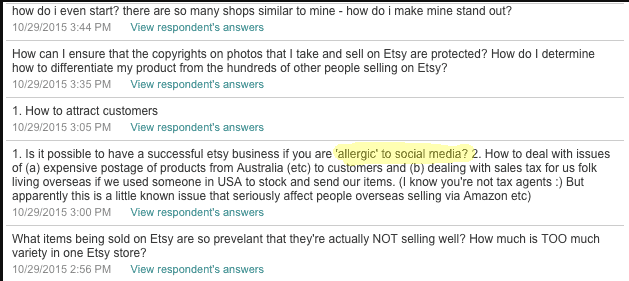
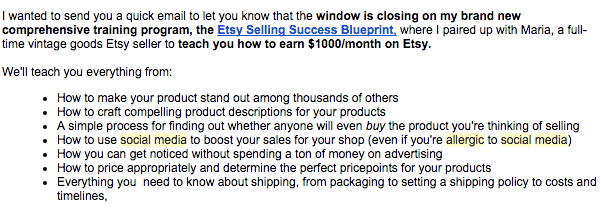


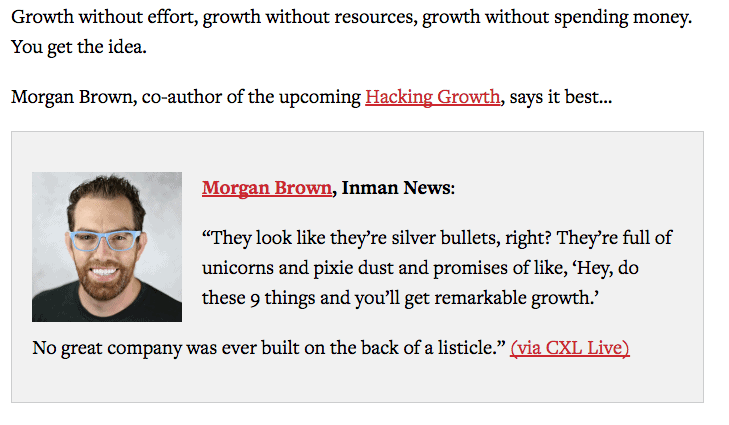
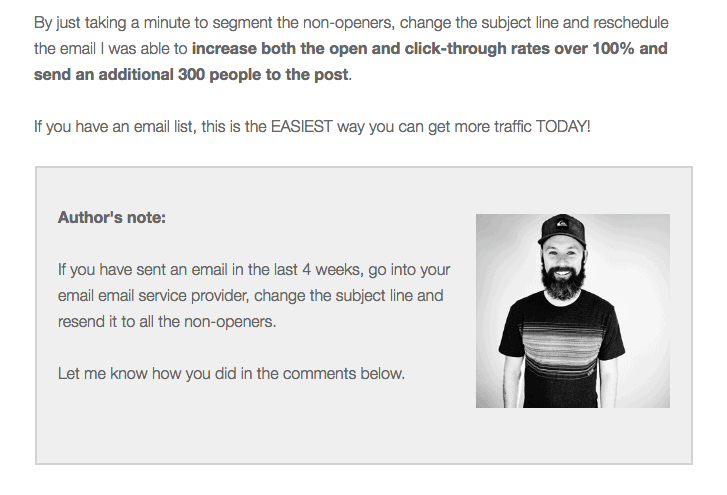
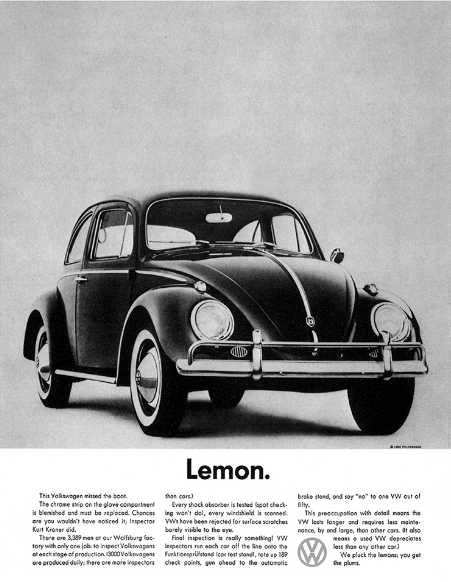
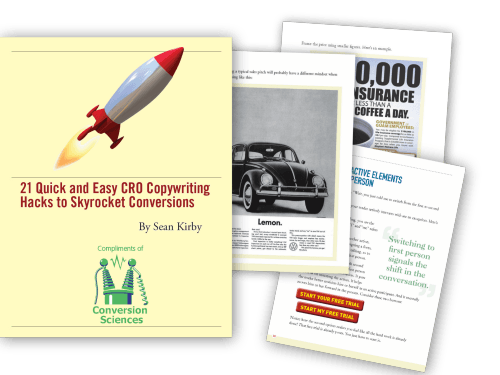
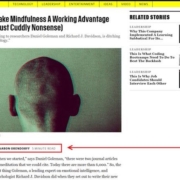
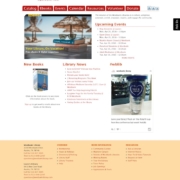
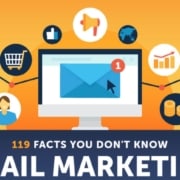










Hi Kirby,
Just complete the article, also I’ve applied for the 21 Copywriting hacks. I quit to learn about How to write content, SEO, Ranking factors etc. But I’m in queue, Yeah, I’m late but not a failure.
Hope you’ll visit my website and read one or two article, would love your feedback because your suggestion will really help me.
Thank You,
Have a Good day.
( I leaved my website in the Website field. – http://www.RockViju.com )